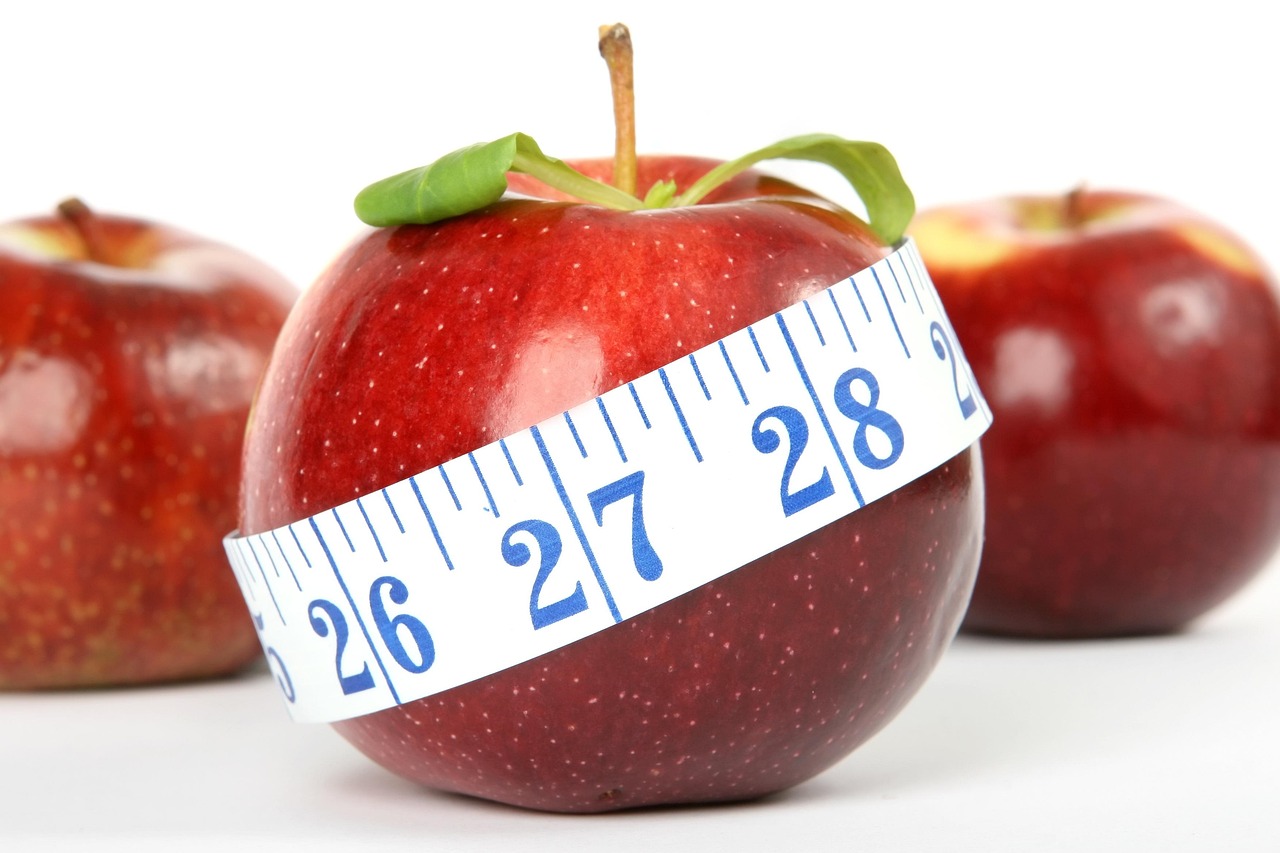Biorhythmic Eating: Aligning Nutrition with Your Body Clock
The intricate dance between our diet and internal biological rhythms has long fascinated researchers. What if the timing of our meals could be just as crucial as their content? Welcome to the world of biorhythmic eating, a groundbreaking approach that syncs our nutritional intake with our body's natural circadian rhythms. Could this be the key to unlocking optimal health and vitality? Let's explore this innovative concept that's reshaping our understanding of nutrition and wellness.

The Science Behind Circadian Rhythms and Nutrition
Our circadian system is orchestrated by a master clock in the brain, known as the suprachiasmatic nucleus. This internal timekeeper regulates numerous bodily functions, including the release of hormones that influence hunger, satiety, and metabolism. Research has shown that our digestive system, liver, and pancreas also have their own peripheral clocks, which respond to food intake and influence metabolic processes.
Studies have revealed that consuming meals at times misaligned with our circadian rhythms can lead to metabolic disruptions, potentially contributing to weight gain, insulin resistance, and other health issues. Conversely, eating in sync with our body clock may enhance nutrient utilization, improve insulin sensitivity, and support better weight management.
Implementing Biorhythmic Eating Principles
Adopting a biorhythmic eating approach involves more than just timing meals; it requires a holistic understanding of our body’s natural rhythms. Here are key principles to consider:
-
Eat with the sun: Align your meals with daylight hours, when your metabolism is most active.
-
Front-load calories: Consume larger meals earlier in the day when insulin sensitivity is highest.
-
Respect the fasting window: Allow for a 12-14 hour overnight fast to support cellular repair and metabolic reset.
-
Consistency is key: Maintain regular meal times to reinforce your body’s circadian rhythm.
-
Mind your macros: Distribute protein, carbohydrates, and fats strategically throughout the day based on your activity levels and circadian patterns.
Potential Benefits of Biorhythmic Eating
Emerging research suggests that aligning our eating patterns with our circadian rhythms may offer numerous health benefits:
-
Improved metabolic health: Studies indicate better glucose control and lipid metabolism when meals are synchronized with circadian rhythms.
-
Enhanced weight management: Eating in tune with your body clock may support more effective weight loss and maintenance.
-
Better sleep quality: Proper meal timing can positively influence sleep patterns and overall sleep quality.
-
Increased energy levels: Aligning food intake with natural energy peaks may lead to improved alertness and reduced fatigue.
-
Digestive health: Respecting the body’s natural digestive rhythms may reduce gastrointestinal discomfort and improve nutrient absorption.
Challenges and Considerations
While biorhythmic eating shows promise, it’s important to acknowledge potential challenges:
-
Social constraints: Adapting meal times to circadian rhythms may conflict with social and work schedules.
-
Individual variations: Chronotypes (natural sleep-wake cycles) differ among individuals, requiring personalized approaches.
-
Shift work: Those working night shifts face unique challenges in aligning their eating patterns with circadian rhythms.
-
Long-term adherence: Maintaining consistent meal timing may be difficult for some individuals over extended periods.
-
Research gaps: While promising, more long-term studies are needed to fully understand the impact of biorhythmic eating on various health outcomes.
Practical Applications in Daily Life
Incorporating biorhythmic eating principles into your lifestyle doesn’t have to be overwhelming. Start with these practical steps:
-
Establish a consistent sleep schedule to support your body’s natural rhythms.
-
Aim to eat your largest meal before 3 PM when possible.
-
Avoid late-night snacking to allow for an adequate fasting period overnight.
-
Expose yourself to natural light early in the day to reinforce your circadian rhythm.
-
Gradually adjust your meal times to align more closely with daylight hours.
Fascinating Facts About Biorhythmic Eating
• Our liver has its own circadian clock, with over 500 genes showing rhythmic expression patterns.
• Light exposure, particularly blue light, can influence our circadian rhythms and potentially impact meal timing effectiveness.
• The body’s insulin sensitivity is highest in the morning and decreases throughout the day, suggesting potential benefits to earlier meal consumption.
• Chronotypes, our natural inclinations for sleep-wake cycles, can influence optimal meal timing for individuals.
• The gut microbiome exhibits diurnal rhythms, potentially influencing the effectiveness of biorhythmic eating approaches.
As we continue to unravel the complex relationship between our internal clocks and nutrition, biorhythmic eating emerges as a promising frontier in health and wellness. By aligning our meals with our body’s natural rhythms, we may unlock new pathways to improved metabolic health, energy levels, and overall well-being. While challenges remain, the potential benefits of this innovative approach warrant further exploration and consideration in our quest for optimal health.





